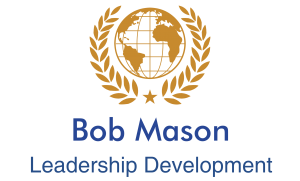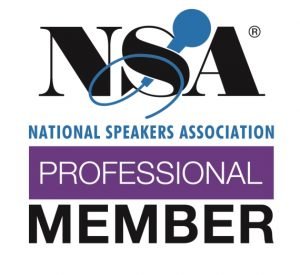Should a Mission Statement be a detailed document that clearly describes the organization? I once saw a statement that was only slightly less lengthy and detailed than the company’s annual report. It was a gold mine of information about what the company did and how each step was accomplished. It laid out the company’s values and described each goal and was essentially the entire strategic plan (plus some). How many of the company’s employees knew the mission statement? Not many! If you have a Mission Statement like that, take it off the walls and your web site, shred the paper it’s printed on and put it on a compost pile. It might help grow flowers, but it won’t help grow your business. Though the Mission Statement is a critical part of the strategic plan, it is not the strategic plan.
Every organization needs a basic statement that clearly describes for its members, suppliers and customers why the organization exists. The statement expresses the organization’s purpose but to be effective it must be easy for all to remember, using a limited number of meaningful, well chosen words.
Everything else in your strategic plan will support the mission statement, so don’t be shy about stating the true purpose of the organization. If you are a business, then profit is most likely a reason you exist. Some businesses try to craft a Mission Statement that glosses over or even ignores the fact that they exist to make money. When you’ve drafted your mission statement, ask yourself this: “Will this grow the bottom line and if not, is it something for which I’m willing to sacrifice profit?” If your organization is subordinate to a parent organization, make sure your Mission Statement is in line with the parent’s mission. That doesn’t mean you have to use the same statement. Ideally, yours should represent a segment of theirs.
There are many ways to approach development of a Mission Statement but I’ve found one to be most effective. First, gather your leadership team to take advantage of expertise from each area of the organization. This team approach will not only ensure that the Mission Statement is all-inclusive (not lengthy but complete) but will also cement your leadership team’s involvement which will pay off when it’s time to communicate the strategic plan to the organization.
Have each member of the leadership team write down several things their particular part of the organization does. These should be short two or three word phrases. Then, have each member state their first phrase. Continue around the group until everyone has exhausted their list.
The next step takes a little practice. The team must agree to group the individual phrases into categories. There will always be an outlier or two, but most of them will naturally fit into a few general categories. You must deal with the outliers first. Discuss among the team members where the outliers might fit or whether they should be a category of their own. Once this is determined, you will have a smaller group of categories. It’s these categories that will provide the basis for the mission statement.
The categories are then molded into the mission statement. Avoid the temptation to include involved descriptions. Instead carefully choose words that define the categories. This is another place where the team approach is an advantage. Remember, the ideal Mission Statement should convey the organization’s mission in a way that everyone involved will remember. The Mission Statement is useless if everyone in the organization can’t recite it (or at least get close) and, more importantly, explain their part in accomplishing that mission.
Does your Mission Statement accurately convey the mission of the organization in a clear and concise way? Do the members of the organization really understand the mission and their part in its success?
 Bob Mason is dedicated to leadership development. He works with companies to solve problems by helping supervisors and managers become more effective leaders leading more productive teams. He is a professional speaker and author of Don’t Worry, You Can Do This: What New Supervisors and Managers Need to Know About Leadership; The Art of Not Motivating: How Leaders Can Succeed by Understanding the True Nature of Motivation; Balancing the Generations: A Leader’s Guide to the Complex, Multi-Generational, 21st Century Workplace; and Planning to Excel: Strategic Planning That Works.
Bob Mason is dedicated to leadership development. He works with companies to solve problems by helping supervisors and managers become more effective leaders leading more productive teams. He is a professional speaker and author of Don’t Worry, You Can Do This: What New Supervisors and Managers Need to Know About Leadership; The Art of Not Motivating: How Leaders Can Succeed by Understanding the True Nature of Motivation; Balancing the Generations: A Leader’s Guide to the Complex, Multi-Generational, 21st Century Workplace; and Planning to Excel: Strategic Planning That Works.
A 30-year career in the U.S. Air Force exposed him to great leaders and leadership opportunities such as command of four squadrons, including the Air Force’s largest munitions squadron. He has studied leadership extensively, but more importantly has been there, working with real people, making hard decisions, and experiencing the results.
Contact Bob at Bob@BobMasonSpeaker.com or 505-453-5266




